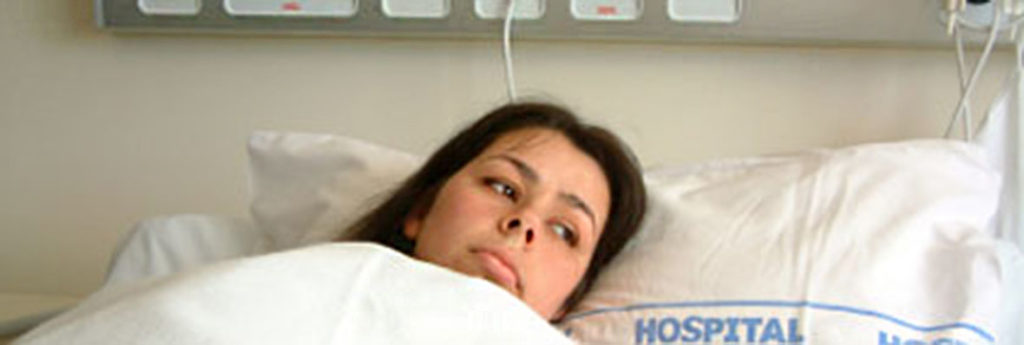For those planning a sunny getaway, it may be more important than ever this winter to pack the right travel insurance before departure. Ontario’s provincial health coverage for most types of out-of-country medical expenses will end as of Jan. 1.
That may not be top-of-mind for most people but it’s a reason for them to take a fresh look at their insurance needs, regardless of what part of Canada is their home.
“If you’re planning travel over the winter break, or planning things into March Break potentially, start factoring in travel medical insurance – not as a last-minute add-on,” says Elliott Silverstein, speaking for CAA Insurance.
“You may think you’re covered, but are you fully covered or just have partial coverage?”
Even before OHIP’s Out-of-Country Travellers Program ends on Dec. 31, it paid a maximum of only $400 per day.
While it’s difficult to predict actual costs, various sources say US hospitals routinely charge thousands of dollars for a visit to the emergency room or thousands of dollars per day for a longer stay.
“So the amounts (from OHIP) were so small . . . that some people were mistaken in thinking they didn’t need travel medical insurance,” says Will McAleer for the Travel Health Insurance Association of Canada.
McAleer says that while other provinces haven’t announced plans to follow Ontario’s lead, no Canadian public health insurance provides “near the type of coverage required for a trip outside of the country.”
For example, British Columbia’s Medical Service Plan caps its payments for emergency hospital care outside the province at $75 per day, in Canadian funds.
The Alberta Health Care Insurance Plan, as another example, says it will only pay for services provided by a general or auxiliary hospital.
The federal government warns on its website that hospitals and clinics in some countries will not provide treatment without proof of sufficient insurance or money to pay.
Travel.gc.ca also warns clearly “the Government of Canada will not pay your medical bills” but it does provide extensive guidelines for what minimum coverage should include.
An internet search for travel insurance products will provide an overwhelming number of possibilities – each with its own particular conditions, prices and requirements.
But the price of insurance premiums are affected by many factors, so each person’s quote may be different, even from the same provider.
As an example, Manulife’s Cover Me insurance provided quotes for two travelling couples:
The younger couple, both aged 34, travelling for eight days, might pay $45.30 for an emergency medical plan for both.
The older couple, both aged 64 and in the healthiest condition, might pay $65.20 for eight days of emergency medical coverage.
“The No. 1 piece of advice there is shop around,” says McAleer. “Not just for the price, though.”
He says the travel insurance industry has come up with four tips to guide consumers as they shop for their own needs or for their family:
• know your health and have information ready when it’s time to make an application
• know the policy’s terms and conditions
• know details about the trip
• know the rights to appeal a decision that denies the claim
In some cases, a recent change in medication before the trip may affect coverage for one type of pre-existing condition but not necessarily a different pre-existing condition that has been stable.
Similarly, McAleer says, look for clauses about risky activities like bungee jumping or scuba diving.
“Some policies will cover them and others will have restrictions.”
The good news is that the changes with the Ontario Health Insurance Program will have little to no impact on prices for private travel insurance this winter, according to McAleer and other industry sources.
But Silverstein says the end of OHIP’s coverage of out-of-country emergency medical expenses provides an opportunity to “reset” the public’s attitude about the cost and benefits of private insurance.
“What we want to do,” he says, “is use this time to really educate.”

